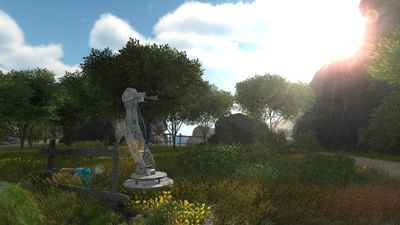

In every licensed file changed, a notification must be added stating that changes have been made to that file. In every licensed file, original copyright, patent, trademark, and attribution notices must be preserved (excluding notices that do not pertain to any part of the derivative works). It still requires application of the same license to all unmodified parts. The Apache License is permissive unlike copyleft licenses, it does not require a derivative work of the software, or modifications to the original, to be distributed using the same license. This license requires preservation of the copyright notice and disclaimer. The stated goals of the license included making it easier for non-ASF projects to use, improving compatibility with GPL-based software, allowing the license to be included by reference instead of listed in every file, clarifying the license on contributions, and requiring a patent license on contributions that necessarily infringe a contributor's own patents.

In January 2004, ASF decided to depart from the BSD model and produced the Apache License 2.0. Individual packages licensed under the 1.1 version may have used different wording due to varying requirements for attribution or mark identification, but the binding terms were all the same.

In 2000, Apache did likewise and created the Apache License 1.1, in which derived products are no longer required to include attribution in their advertising materials, only in their documentation. In July 1999, Berkeley accepted the argument put to it by the Free Software Foundation and retired their advertising clause (clause 3) to form the new 3-clause BSD license. It has an extra term that extends from BSD clause 4, saying that derivatives must not bear the same Apache name. Their initial license was essentially the same as the old 4-clause BSD license, with only the names of the organizations changed. Beginning in 1995, the Apache Group (later the Apache Software Foundation) released successive versions of their well-known eponymous httpd server.


 0 kommentar(er)
0 kommentar(er)
